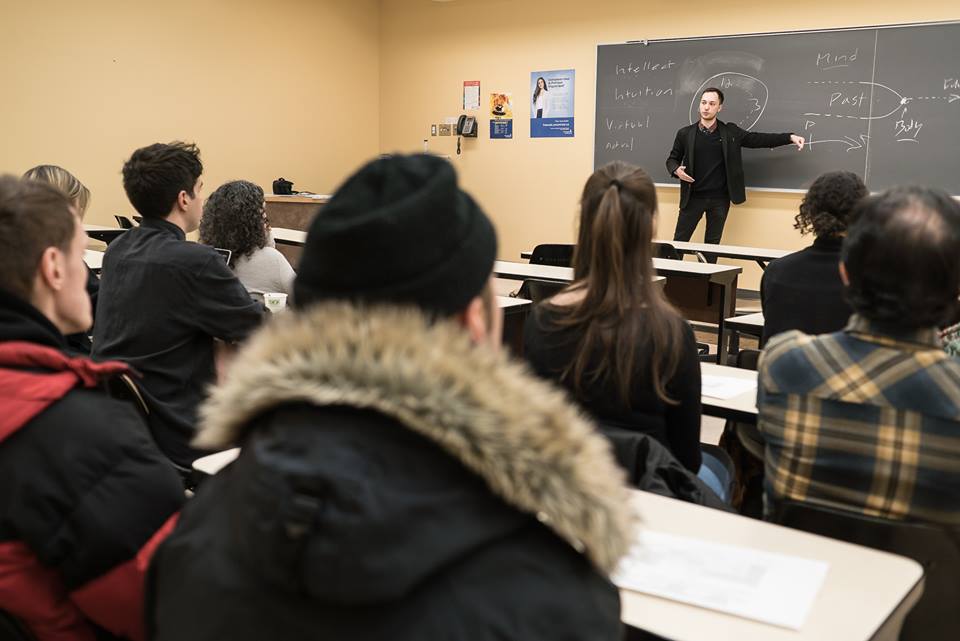Areas and topics I can teach: Introduction to Philosophy, Introduction to Epistemology (including Kantian, Platonist, and Aristotelian epistemology), Ethics, Metaphysics, Phenomenology, Existentialism, Philosophy of Love, Sex and Gender, Philosophy of Race, Philosophy of Time.
 My approach to teaching is to dynamically engage students with philosophy in such a way that they learn the critical thinking skills they need in order to become conscientious citizens about modern issues in society. I believe that philosophy should be taught in a collaborative and inclusive way, and so I always try to make my students think critically with me rather than have them memorize and regurgitate the materials. Every aspect of my teaching – whether it’s grading, one-on-one tutoring, or lecturing – is focused around my goal to get students to reach a kind of insight that highlights different ways of being critical. This involves two components in my practice: 1) Teaching students how to recognize preconceived judgements about one’s experience and underline normative structures at play; and 2) How to engage critically and mindfully with these preconceptions in order to understand the social, political, epistemological, and existential issues they can create in the modern world. My goal is not to teach students my own worldview and how the world works. My goal is to teach students how to find philosophical and practical issues that can stem from arguments they can come across in everyday life.
My approach to teaching is to dynamically engage students with philosophy in such a way that they learn the critical thinking skills they need in order to become conscientious citizens about modern issues in society. I believe that philosophy should be taught in a collaborative and inclusive way, and so I always try to make my students think critically with me rather than have them memorize and regurgitate the materials. Every aspect of my teaching – whether it’s grading, one-on-one tutoring, or lecturing – is focused around my goal to get students to reach a kind of insight that highlights different ways of being critical. This involves two components in my practice: 1) Teaching students how to recognize preconceived judgements about one’s experience and underline normative structures at play; and 2) How to engage critically and mindfully with these preconceptions in order to understand the social, political, epistemological, and existential issues they can create in the modern world. My goal is not to teach students my own worldview and how the world works. My goal is to teach students how to find philosophical and practical issues that can stem from arguments they can come across in everyday life.
I achieve this goal by emphasizing primarily their reading skills and writing skills. In order to become critical of viewpoints, we first need to be able to understand these views as well as possible. This understanding gets reflected through the way in which we can express these views. This is why I especially use philosophical exercises that emphasize exegetical readings of primary texts. I try to turn my students into excellent communicators of their own thoughts by developing their writing skills. I do so by providing them feedback that is clear, concise, and insightful; often drawing their attention to the need for clarity and argumentative structure in what they are trying to say.
I make extensive use of different mediums to make students practice their critical thinking skills: I use blackboards, virtual whiteboards, mind-maps, PowerPoints, and handouts. I’m also quick to adapt student’s learning styles: I can use a visual approach as much as a kinesthetic one.
You can view my CV here to learn more about my teaching experience.